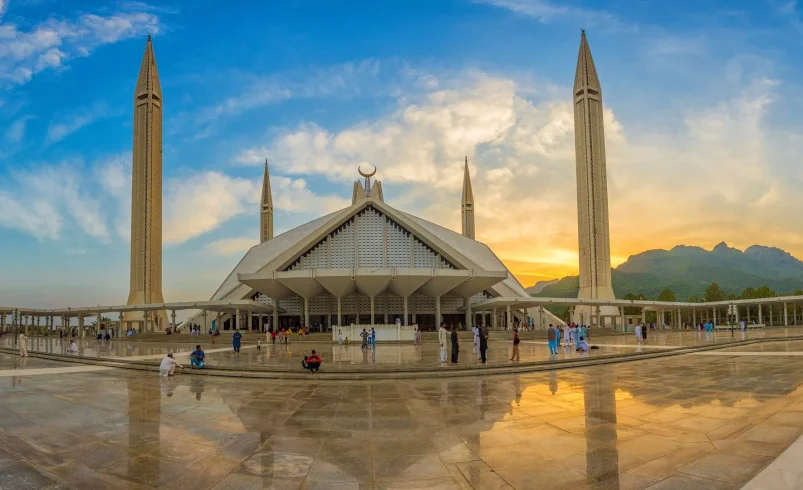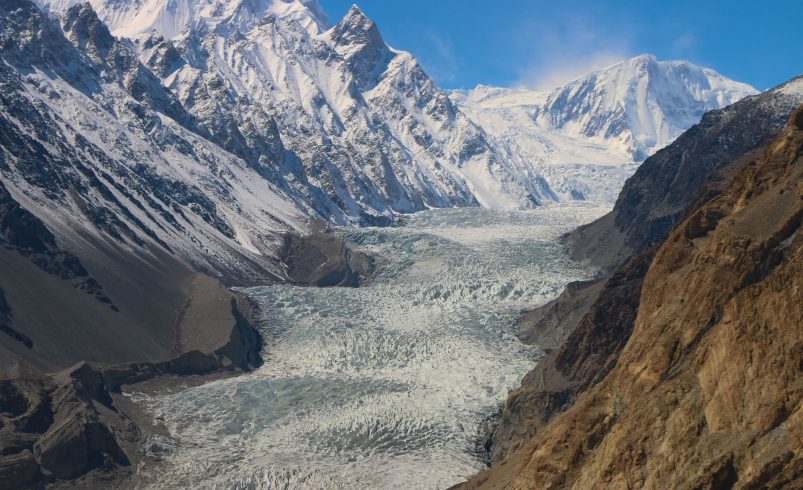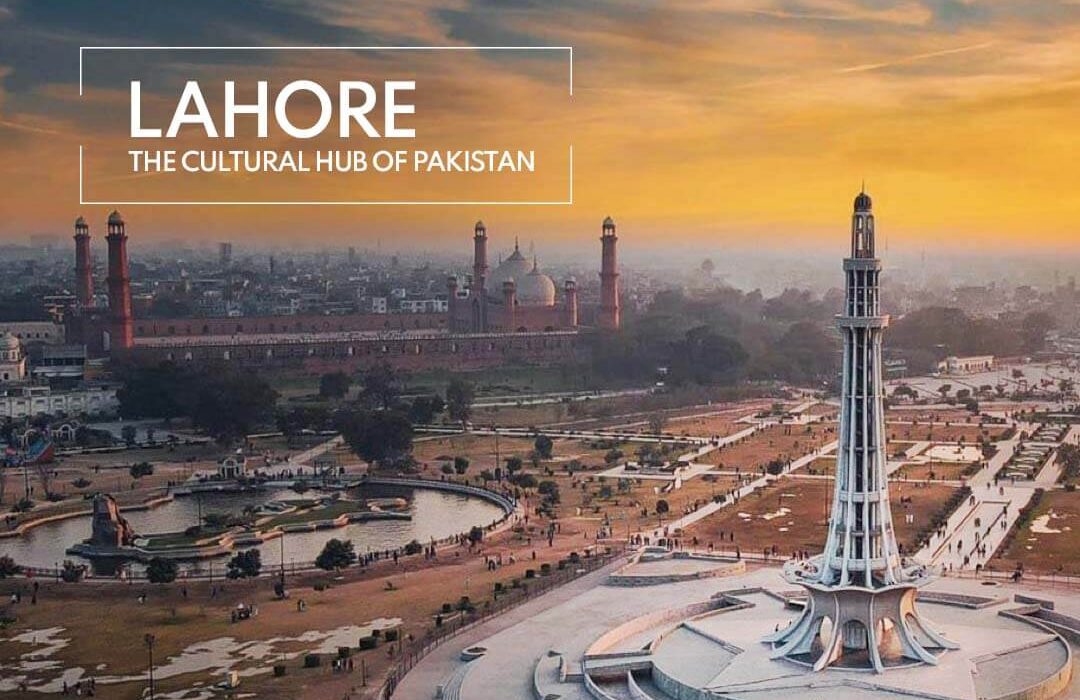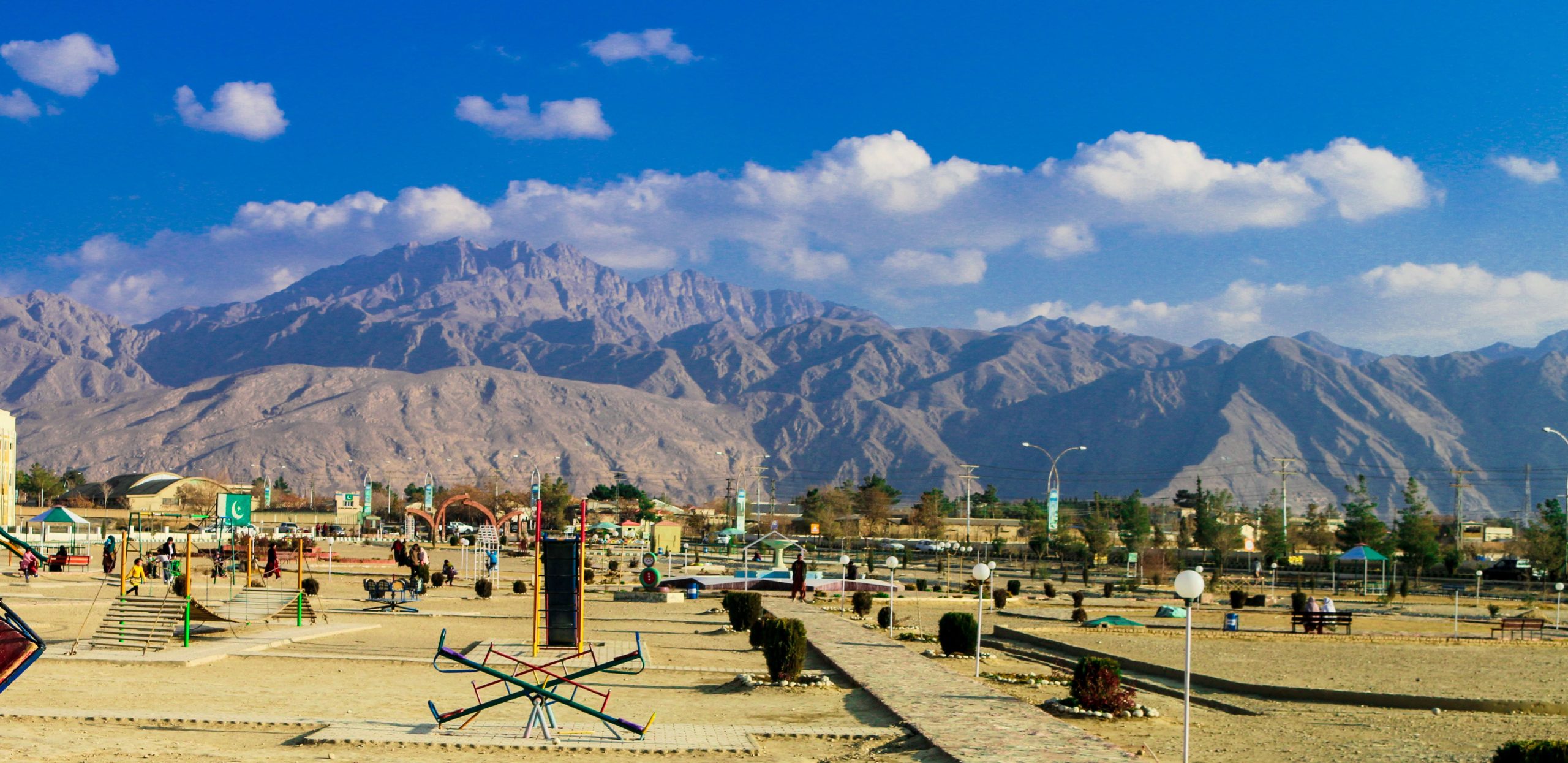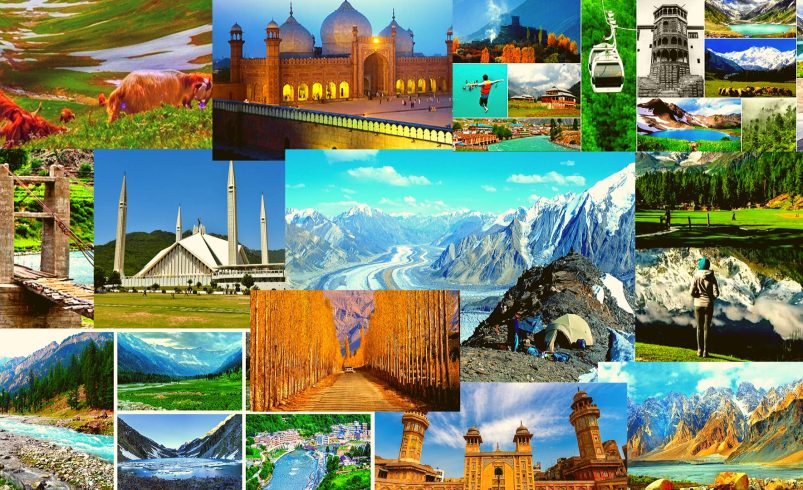
- April 7, 2025
Introduction
Planning a 10-day Northern Pakistan itinerary is the perfect way to experience the breathtaking beauty of this region. This Northern Pakistan 10-day travel guide will take you through some of the most famous destinations in the country, including Hunza, Skardu, and Deosai. Whether you’re a nature enthusiast or history lover, this 10-day trip to Northern Pakistan will leave you with unforgettable memories.
Places to Visit in This Itinerary
Islamabad
Islamabad, the capital city of Pakistan, is known for its clean environment, organized structure, and modern architecture. Nestled against the backdrop of the Margalla Hills, it offers a mix of nature and urban life, making it a great place to start your journey.
- Location: Federal Capital Territory, adjacent to Rawalpindi
- Places to Visit:
- Faisal Mosque
- Daman-e-Koh
- Pakistan Monument
- Lok Virsa Museum
- Key Attractions: Faisal Mosque’s architectural beauty, panoramic city views from Daman-e-Koh
- Best Time to Visit: March to May and September to November
- Activities to Do: Sightseeing, hiking in Margalla Hills, shopping, cultural museums
Murree & Patriata
Murree is one of the most popular hill stations in Pakistan, offering cool weather, lush green hills, and panoramic views. Patriata (New Murree) is famous for its scenic chairlift and cable car rides.
- Location: Punjab province, Murree District
- Places to Visit:
- Mall Road Murree
- Patriata Chair Lift
- Kashmir Point
- Pindi Point
- Key Attractions: Scenic cable car rides, panoramic mountain views
- Best Time to Visit: April to October
- Activities to Do: Chair lift rides, sightseeing, hiking, shopping local crafts
Naran & Saif-ul-Mulook Lake
Naran is a picturesque town in the Kaghan Valley, while Lake Saif-ul-Mulook is known for its crystal-clear waters and fairytale-like setting surrounded by towering peaks.
- Location: Khyber Pakhtunkhwa, Mansehra District
- Places to Visit:
- Saif-ul-Mulook Lake
- Lulusar Lake
- Batakundi
- Ansoo Lake (trek)
- Key Attractions: Saif-ul-Mulook’s alpine beauty, Lulusar Lake, scenic drives
- Best Time to Visit: June to September
- Activities to Do: Boating, photography, jeep rides, nature walks
Babusar Top
A high mountain pass that connects Kaghan Valley to Chilas and Gilgit, offering awe-inspiring views of the surrounding peaks and valleys.
- Location: On the border of Khyber Pakhtunkhwa and Gilgit-Baltistan
- Places to Visit:
- Babusar Pass Viewpoint
- Lulusar Lake (en route)
- Key Attractions: Panoramic mountain views, cool alpine climate
- Best Time to Visit: Mid-June to mid-September
- Activities to Do: Photography, sightseeing, short hikes
Hunza Valley (Altit & Baltit Forts)
Hunza is a historical and mountainous valley known for its natural beauty, friendly locals, and preserved heritage. Altit and Baltit Forts are cultural landmarks that reflect the region’s rich history.
- Location: Gilgit-Baltistan, Hunza District
- Places to Visit:
- Altit Fort
- Baltit Fort
- Eagle’s Nest
- Karimabad
- Key Attractions: Forts with centuries-old architecture, valley views
- Best Time to Visit: April to October
- Activities to Do: Cultural tours, photography, hiking, local cuisine tasting
Passu Cones & Glacier
Passu is famous for its stunning pointed peaks and nearby glaciers. The Passu Cones are one of the most photographed mountain formations in Pakistan.
- Location: Upper Hunza, Gilgit-Baltistan
- Places to Visit:
- Passu Glacier
- Hussaini Suspension Bridge
- Key Attractions: Passu Cones, rugged beauty, glacier landscapes
- Best Time to Visit: May to October
- Activities to Do: Trekking, adventure photography, crossing suspension bridges
Khunjerab Pass
Khunjerab is the highest paved international border crossing in the world, connecting Pakistan to China. It offers high-altitude scenery and wildlife viewing opportunities.
- Location: Gilgit-Baltistan, on Pakistan-China border
- Places to Visit:
- Khunjerab National Park
- Zero Point Border Post
- Key Attractions: Border visit, snow-covered peaks, ibex and yaks
- Best Time to Visit: May to September
- Activities to Do: Sightseeing, photography, explore border culture
Skardu
Skardu is a gateway to some of the world’s highest peaks including K2. It features lakes, forts, and unique landscapes that appeal to adventurers and peace-seekers.
- Location: Gilgit-Baltistan, Skardu District
- Places to Visit:
- Skardu Fort
- Sadpara Lake
- Shigar Fort
- Key Attractions: Historic forts, alpine lakes, dramatic mountain backdrops
- Best Time to Visit: June to September
- Activities to Do: Trekking, boating, sightseeing, cultural exploration
Shangrila Resort & Upper Kachura Lake
Shangrila Resort is known for its red-roofed buildings and serene lakeside setting. Nearby Upper Kachura Lake is a lesser-known gem surrounded by rocky mountains.
- Location: Near Skardu, Gilgit-Baltistan
- Places to Visit:
- Shangrila Lake (Lower Kachura)
- Upper Kachura Lake
- Key Attractions: Beautiful resort, boating, natural lake views
- Best Time to Visit: June to September
- Activities to Do: Photography, nature walks, enjoy local food
Deosai Plains
Known as the “Land of Giants,” Deosai is the second-highest plateau in the world, famous for its vast grasslands, rare wildlife, and untouched beauty.
- Location: Between Skardu and Astore, Gilgit-Baltistan
- Places to Visit:
- Sheosar Lake
- Deosai National Park
- Key Attractions: Wide plains, Sheosar Lake, brown bears
- Best Time to Visit: July to September
- Activities to Do: Wildlife spotting, camping, photography
10-Day Northern Pakistan Itinerary
Here’s a breakdown of your Northern Pakistan adventure itinerary. Starting from Islamabad, this 10-day tour of Northern Pakistan will guide you through the valleys, lakes, and forts that make Northern Pakistan so special.
Islamabad to Murree & Patriata – Day 1
- Distance Covered: Approx. 65 km
- Total Travel Time: 1.5–2 hours
- Places to Visit:
- Daman-e-Koh (short stop on way from Islamabad)
- Mall Road Murree
- Pindi Point & Kashmir Point
- Patriata (New Murree) – Chair lifts & cable cars
- Key Attractions: Lush pine forests, scenic hill roads, chair lift ride with panoramic views
- Where to Stay: Murree
- Hotel One Murree
- Lockwood Hotel
- Maisonette Firhill Villas
- Grand Taj Hotel
Murree to Naran via Balakot – Day 2
- Distance Covered: Approx. 240 km
- Total Travel Time: 7–8 hours
- Places to Visit:
- Abbottabad View Point (short stop)
- Kiwai Waterfall
- Balakot (historical town)
- Naran Bazar
- Key Attractions: Mountain valleys, beautiful waterfalls, fresh trout fish in Balakot
- Where to Stay: Naran
- PTDC Motel Naran
- Arcadian Riverside Resort
- Hotel Demanchi
- Pine Park Hotel
Naran to Saif-ul-Mulook Lake, Babusar Top & Continue to Hunza – Day 3
- Distance Covered: Approx. 320 km (including detour to Saif-ul-Mulook)
- Total Travel Time: 9–10 hours
- Places to Visit:
- Lake Saif-ul-Mulook
- Lulusar Lake
- Babusar Top (13700 ft)
- Chilas (brief stop)
- Junction Point of 3 Great Mountain Ranges
- Key Attractions: Glacier-fed alpine lakes, panoramic views of Kaghan Valley, mountain junction
- Where to Stay: Hunza
- Serena Inn Hunza
- Luxus Hunza Attabad Lake Resort
- Hunza Darbar Hotel
- Eagle’s Nest Hotel
Explore Hunza Valley – Day 4
- Distance Covered: Approx. 60 km local travel
- Total Travel Time: 2–3 hours
- Places to Visit:
- Altit Fort
- Baltit Fort
- Karimabad Bazar
- Duikar (Eagle’s Nest Sunset Point)
- Key Attractions: Ancient forts, cultural heritage, panoramic valley views
- Where to Stay: Hunza (same hotel options as Day 3)
Hunza to Passu Cones & Khunjerab Pass – Day 5
- Distance Covered: Approx. 170 km (round trip)
- Total Travel Time: 6–7 hours
- Places to Visit:
- Passu Cones
- Passu Glacier
- Sost (border town)
- Khunjerab Pass (China border)
- Key Attractions: Snow-capped cones, wildlife, world’s highest paved border crossing
- Where to Stay: Hunza (return same night)
Hunza to Skardu via Gilgit – Day 6
- Distance Covered: Approx. 240 km
- Total Travel Time: 8–9 hours
- Places to Visit:
- Gilgit city (brief stop)
- Jaglot town (Indus & Gilgit river confluence)
- Key Attractions: Scenic river confluence, lush valleys, beautiful road trip
- Where to Stay: Skardu
- Serena Shigar Fort
- Shangrila Resort Skardu
- Hotel One Skardu
- Reego Hotel Skardu
Skardu, Shangrila & Upper Kachura Lake – Day 7
- Distance Covered: Approx. 50 km
- Total Travel Time: 2–3 hours
- Places to Visit:
- Shangrila Lake (Lower Kachura)
- Upper Kachura Lake
- Souq Valley
- Skardu city tour
- Key Attractions: Boating, scenic picnic spots, breathtaking lakes
- Where to Stay: Skardu (same hotel options as Day 6)
Day Trip to Deosai National Park – Day 8
- Distance Covered: Approx. 80 km round trip
- Total Travel Time: 5–6 hours
- Places to Visit:
- Sheosar Lake
- Deosai Plains
- Bara Pani & Kala Pani
- Key Attractions: World’s 2nd highest plateau, wildlife (brown bears, marmots)
- Where to Stay: Skardu (same hotel options)
Skardu to Naran – Day 9
- Distance Covered: Approx. 370 km
- Total Travel Time: 10–11 hours
- Places to Visit:
- Jaglot
- Chilas (short stop)
- Babusar Pass (if open)
- Key Attractions: Scenic mountain highway, river views, high-altitude pass
- Where to Stay: Naran
- PTDC Motel Naran
- Pine Park Hotel
- Hotel Demanchi
- Arcadian Riverside Resort
Naran to Islamabad – Day 10
- Distance Covered: Approx. 280 km
- Total Travel Time: 7–8 hours
- Places to Visit:
- Kaghan Valley en route
- Abbottabad (tea break)
- Where to Stay: End of Trip (Islamabad)
Emergency Contacts & Health Precautions
- Emergency Helpline (National): 1122
- Tourist Police (Northern Areas): +92-5811-920818
- Skardu DHQ Hospital: +92-5815-920234
- Hunza Emergency Services: +92-5813-920530
- Health Tips:
- Stay hydrated at high altitudes
- Carry altitude sickness medication
- Pack warm clothing even in summer
- Get travel insurance for emergency evacuation
💡 Budget Travel Tips to Stick to Under 1 Lac PKR
- 🏨 Stay in shared guesthouses (like Roomy, PTDC Motels, or local inns)
- 🚐 Travel in groups to split fuel or use shared vans like NATCO or Faisal Movers for longer routes
- 🍛 Eat local food: Roti-salan, daal chawal, chapli kabab—cheap and filling
- 📱 Buy a local SIM with data (e.g. Zong or Telenor) to avoid roaming charges
- 🗺️ Limit excursions with high entry or jeep costs like Deosai Jeep Safari
- 💧 Bring a refillable water bottle and snacks to reduce daily costs
Travel Tips
- Pack Smart for Varying Weather: Weather can vary significantly, so pack layers for both warm and cold conditions, especially for places like Murree, Naran, Babusar Top, and Deosai.
- Weather-Proof Gear: Carry waterproof jackets, sturdy shoes, and a hat for sun protection.
- Carry Sufficient Cash: Many remote areas like Hunza, Skardu, and Deosai don’t have ATMs, so carry enough cash in Pakistani Rupees. Small denominations are useful for small purchases and tips.
- Stay Connected and Informed: Buy a local SIM card (Telenor or Zong) for better connectivity. Keep Google Maps or an offline map app handy as network coverage can be spotty in remote areas.
- Road Conditions: Roads to areas like Deosai, Babusar, and Khunjerab Pass can be rough. Ensure your vehicle is ready for rugged terrains. A 4×4 is recommended for Deosai and Babusar Top.
- Stay Safe and Secure: Keep emergency contact numbers saved (police: 15, ambulance: 1122). Have local guide or hotel contact details for assistance in case of emergencies.
- Be Prepared for Limited Amenities in Remote Areas: In places like Deosai, Passu, and Babusar Top, the facilities can be basic, but the experience is rewarding.
- Long Travel Times: Roads can be winding and long, so be prepared for extended journeys, especially between Hunza and Skardu.
- Rest Stops: Plan regular stops to stretch, hydrate, and enjoy scenic views along the way.
- Respect Nature: Northern Pakistan is known for its pristine beauty. Dispose of waste responsibly and avoid activities that harm the environment.
- Eco-Friendly Travel: Carry reusable bottles to minimize plastic waste and protect the environment.
- Try Local Cuisine: Don’t miss out on traditional dishes like Chapshoro, Sajji, Chana Daal, and local teas like Kahwa and Green Tea in Hunza.
FAQs
What is the best time to visit Northern Pakistan?
The ideal time to plan your Northern Pakistan itinerary is during spring (March to May) and autumn (September to November). These seasons offer the most pleasant weather and scenic views with blooming flowers or golden leaves. If you’re into snow and winter activities, December to February is also a great time for spots like Murree and Naran.
How long does it take to travel from Islamabad to Hunza Valley?
Typically, the journey from Islamabad to Hunza Valley spans around 600 km and takes approximately 12–14 hours by road, depending on weather and traffic. While it’s a long ride, the drive through Naran and Babusar Top offers breathtaking scenery, making it a core highlight of any Northern Pakistan itinerary.
What are the must-visit places during a 10-day trip to Northern Pakistan?
A well-planned 10-day Northern Pakistan itinerary should definitely include these places:
- Islamabad – Faisal Mosque, Pakistan Monument
- Murree & Patriata – Mall Road, Patriata Chair Lift
- Naran & Saif-ul-Mulook Lake – Boating and hiking
- Hunza Valley – Altit and Baltit Forts, Attabad Lake
- Skardu – Shangrila Resort, Upper Kachura Lake
- Deosai Plains – Wildlife, high-altitude meadows
How do I get from Islamabad to Murree and Naran?
From Islamabad, head to Murree via the Murree Expressway (around 1.5 to 2 hours). To reach Naran, continue towards Abbottabad, then Mansehra and Balakot. From Murree to Naran is roughly 120 km and takes about 3–4 hours, depending on road conditions.
Is it safe to travel to Northern Pakistan?
Yes, traveling across Northern Pakistan is generally safe, especially in popular tourist zones. The locals are hospitable, and tourists are welcomed warmly. For extra safety, avoid traveling at night and always keep someone informed of your itinerary.
What is the cost of a 10-day trip to Northern Pakistan?
A 10-day Northern Pakistan itinerary can cost between PKR 70,000 to 100,000 per person on a budget trip. This includes transport, accommodation, meals, and sightseeing. Choosing public transport and budget hotels can help you stay on the lower end of the budget.
Do I need a guide for traveling to remote places in Northern Pakistan?
While you can explore cities independently, it’s better to hire a local guide when visiting remote destinations like Deosai or Khunjerab Pass. Guides assist with local customs, safety, and navigation—especially in areas with limited mobile coverage.
What should I pack for a 10-day trip to Northern Pakistan?
For your Northern Pakistan itinerary, pack:
- Layered clothing (weather can vary)
- A warm jacket and raincoat
- Hiking shoes
- Power bank and torch
- Sunscreen, sunglasses, and first aid kit
- National ID (CNIC) or Passport
Are there any health precautions to consider while traveling to Northern Pakistan?
Absolutely. Always carry your medications and stay hydrated. In high-altitude areas like Babusar Top, take time to acclimatize to avoid altitude sickness. Eat freshly cooked meals and drink bottled water where possible.
What is the food like in Northern Pakistan?
The region offers a mix of local and traditional Pakistani food. Try:
- Chapshoro (Hunza meat pie)
- Sajji (roasted meat)
- Peshawari naan
- Hunza apricot jam and Kahwa (green tea)
How do I get to Khunjerab Pass?
From Hunza, drive north on the Karakoram Highway for around 3–4 hours to reach Khunjerab Pass. The route offers stunning landscapes, especially near Passu Cones and the Khunjerab National Park.
What are the road conditions like in Northern Pakistan?
Main highways are generally good. However, roads to Babusar Top, Deosai, and some valleys are bumpy, narrow, and unpaved. For these stretches, a 4×4 vehicle is highly recommended, particularly during rain or snowfall.
Can I visit Deosai Plains during winter?
Yes, but only with a 4×4. In winter, Deosai is blanketed in snow, creating a magical white wonderland. However, be ready for extreme cold and limited accessibility.
What are the best activities to do in Hunza Valley?
In Hunza, you’ll enjoy:
- Trekking to Rakaposhi Base Camp
- Touring Altit and Baltit Forts
- Boating on Attabad Lake
- Exploring Eagle’s Nest viewpoint
- Tasting fresh apricots and local Hunza bread
How do I reach Skardu from Islamabad?
You can either fly to Skardu (about 45 minutes) or take a scenic but long drive (18–20 hours). Flights are quick but can get delayed due to weather. The drive, while long, is incredibly picturesque.
Are there any festivals or events in Northern Pakistan?
Yes! Cultural festivals are a great reason to create a Northern Pakistan itinerary. Don’t miss:
- Shandur Polo Festival in July
- Hunza Cultural Festival in September
- Jashn-e-Baharan spring festivals in Skardu and Gilgit
Is there mobile network coverage in Northern Pakistan?
Coverage is decent in main towns like Skardu, Hunza, and Naran, but expect weak or no signal in Deosai, Babusar Top, and other remote areas. Always inform someone about your travel plans.
Can I travel with children to Northern Pakistan?
Yes! Northern Pakistan is family-friendly. However, pick moderate itineraries with plenty of rest. Avoid long treks and make sure kids are dressed appropriately for the altitude and temperature changes.
What types of accommodation are available in Northern Pakistan?
You’ll find:
- Guesthouses and hostels (budget)
- Mid-range hotels in Naran, Skardu, Murree
- Resorts like Shangrila Skardu, Serena Hunza
- Homestays in remote villages
What is the travel distance from Hunza to Khunjerab Pass?
It’s around 70 km, taking 3–4 hours depending on traffic and road conditions. The route itself is a scenic drive with viewpoints of Attabad Lake, Passu Glacier, and Khunjerab National Park.
Conclusion
The 10-day Northern Pakistan itinerary offers a remarkable journey through some of the country’s most stunning landscapes and vibrant cultural experiences. From the pristine Saif-ul-Mulook Lake to the historic Baltit and Altit Forts, each stop unveils a new adventure.
Northern Pakistan is a treasure trove of natural beauty, rich history, and warm hospitality. Whether trekking through Hunza, exploring Deosai’s plains, or reaching the heights of Khunjerab Pass, every day brings something unique. With careful planning, packing, and embracing local traditions, your trip will be unforgettable.
So, get ready to explore the awe-inspiring beauty of Northern Pakistan and create memories that will last a lifetime!


